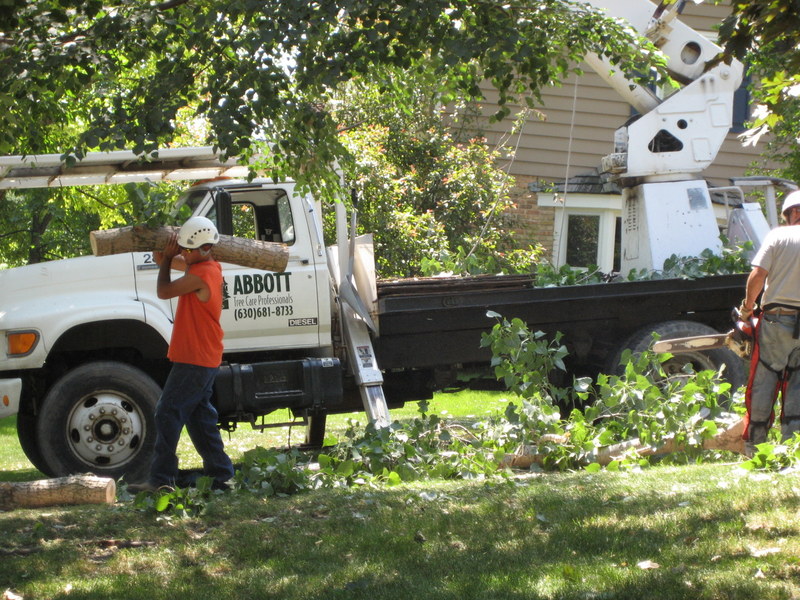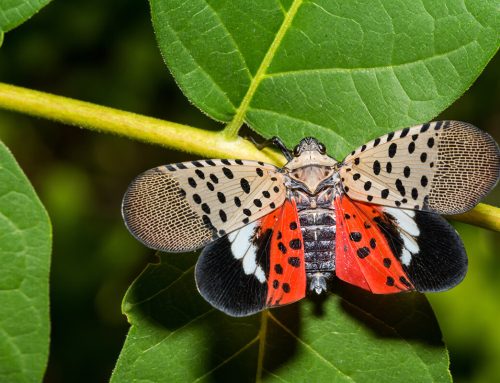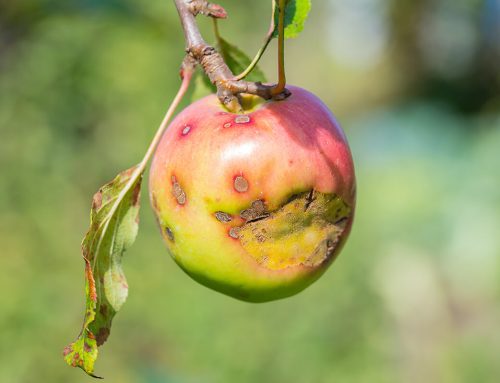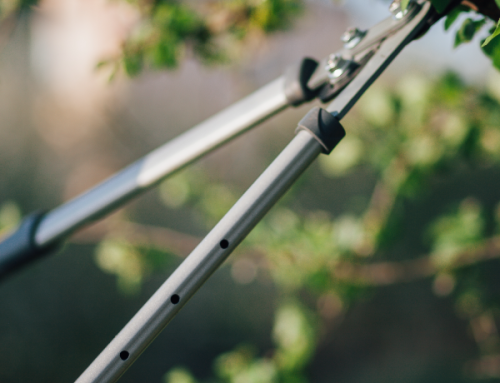Summer storms, with their strong winds, heavy rain, and lightning, can pose a significant threat to your trees and property. While we can’t control the weather, we can take proactive steps to minimize the risk of tree-related damage during storms. Pre-planning for summer storm damage not only ensures the safety of your property and family but also instills a sense of security. Here are some straightforward tips to help you prepare.
Inspect Your Trees Regularly
Regularly inspecting your trees is the first step in preventing storm damage. Look for signs of disease, decay, or structural weakness, such as:
- Dead or dying branches
- Cracks or splits in the trunk or branches
- Fungal growth at the base of the tree
- Leaning trees or roots that are lifting out of the ground

Early detection of tree issues is key to preventing summer storm damage. This is where the expertise of a professional arborist comes in. They can identify potential problems before they escalate, ensuring your trees are in the best possible condition to withstand a storm. Their knowledge and experience instill confidence in their services, preventing potential hazards from becoming serious during a storm.
Action Through Prevention
Prune and Trim Trees
Proper pruning and trimming can significantly reduce the risk of summer storm damage. Remove any dead, diseased, or overgrown branches to reduce the chance of them breaking off in a storm.
Thin out dense canopies. Cut back branches that overhang your house or power lines. This can help make your trees more resilient to high winds. Pruning also helps improve air circulation, making trees less likely to be uprooted during a summer storm.
Secure Young Trees
Young trees are more vulnerable to storm damage due to their smaller root systems and less sturdy trunks. To help them withstand strong winds, you can support them with stakes and ties. Stakes are inserted into the ground at an angle, away from the tree, and then tied to the trunk with a flexible tie. This allows the tree to move slightly, encouraging strong root development.
Install Support Systems
Installing support systems like cables and braces can add extra stability to weak but healthy trees. Cables are high-strength steel wires that are attached to the tree and anchored into the ground, helping to distribute the stress of high winds and heavy rain. Braces are rigid supports that are attached to the tree trunk and a lower branch, providing additional support and preventing the tree from splitting.
Remove Hazardous Trees
Sometimes, removing a tree is the safest option. An arborist can help determine whether removal is necessary to secure your property. Remove severely damaged, diseased, or dangerously unstable trees to prevent disasters.
It’s crucial to have a plan for emergency tree services. Knowing the contact information for local arborists who offer emergency services puts you in control and ensures you can quickly get help if a tree is damaged. A prompt response can make all the difference in preventing further damage, giving you peace of mind.
Take additional steps to protect your property from potential tree damage. This can include:
- Keeping gutters and downspouts clear of debris to prevent water damage
- Reinforcing windows and doors to withstand flying debris
- Moving vehicles, outdoor furniture, and other valuables away from large trees during storm warnings

Work with Professionals
Hiring a certified arborist or tree care professional can ensure your trees are properly maintained and any potential hazards are addressed. Our experts can advise on tree health, pruning techniques, and storm preparation. They can also conduct a thorough inspection of your trees, identify potential issues, and recommend the best course of action to protect your trees and property during a storm.





